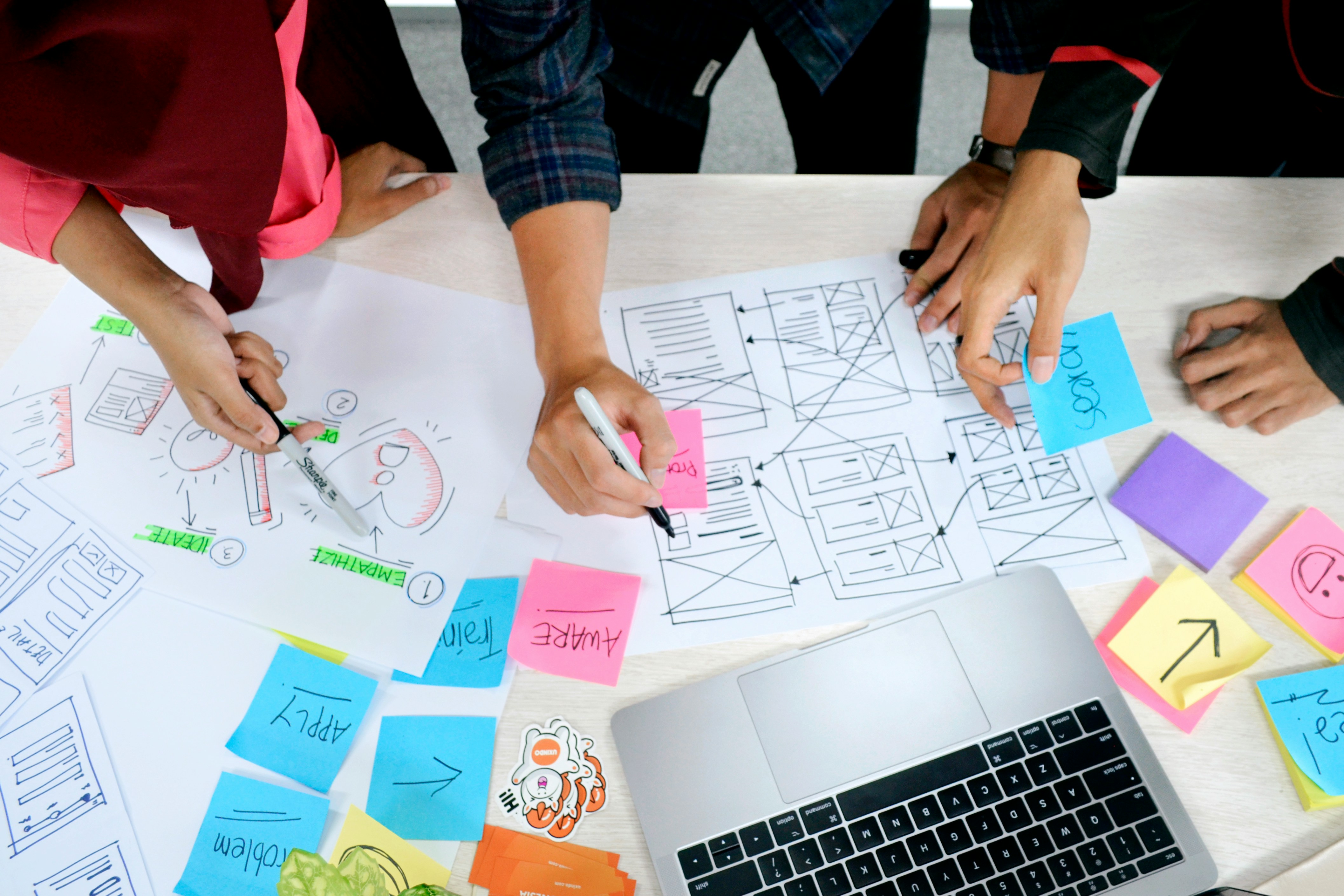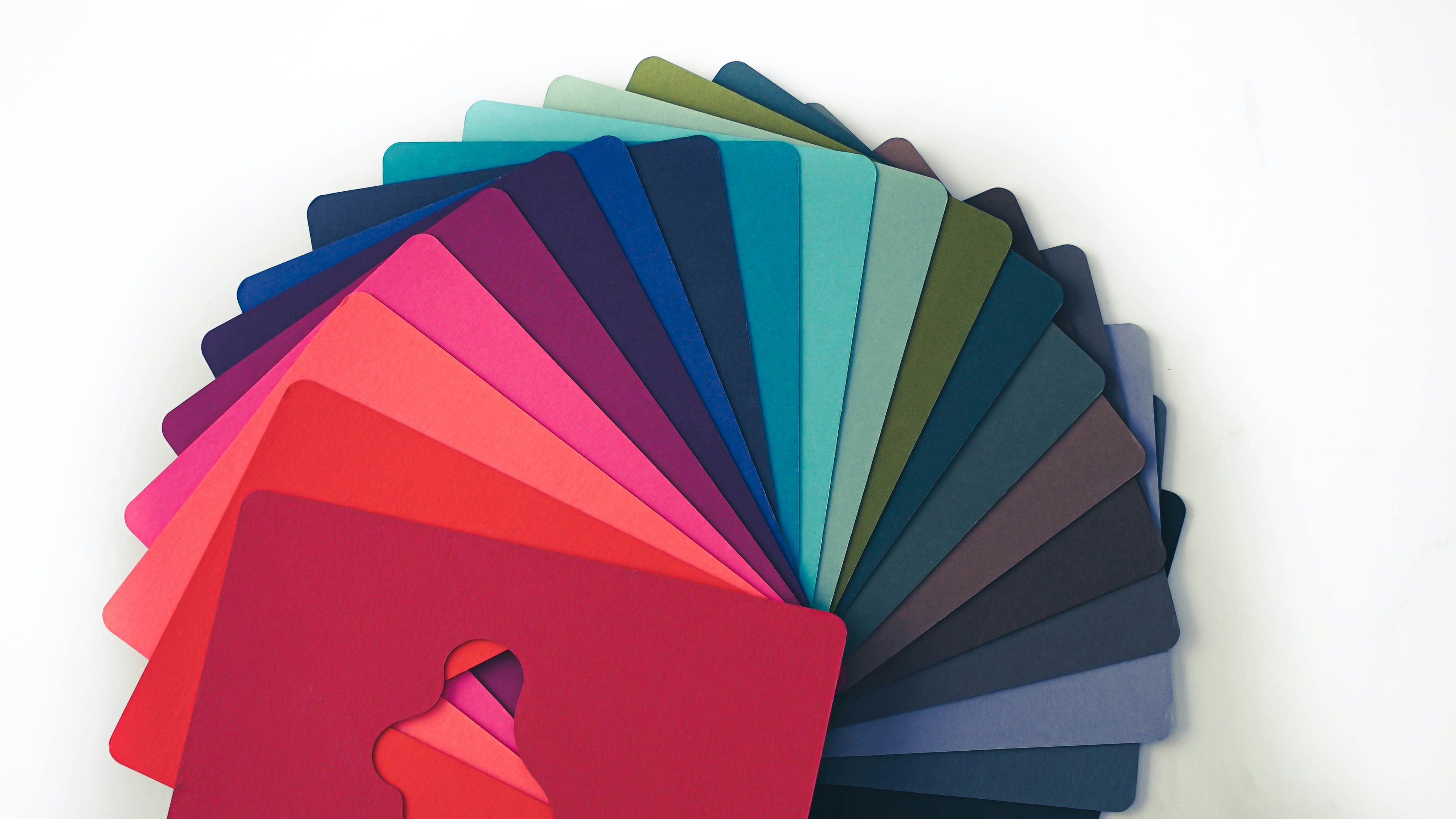
How do you get started with web design?
Most designers begin with sketches and layouts on paper before transitioning to digital tools. Learning HTML and CSS through small projects builds a foundation, while creating personal sites teaches valuable lessons about how design choices affect user experience. Gathering feedback from peers becomes essential for refining work and developing a professional eye.
How do I get started in web design?
What should I learn first: design or coding?
Start with design fundamentals—layout principles, color theory, and typography create the foundation for compelling interfaces. Once you can critique designs and create effective mockups, add HTML and CSS to your toolkit. Understanding code helps bring designs to life while revealing practical constraints that inform better design decisions.
Do I need a degree to become a web designer?
No formal degree is required. Employers prioritize portfolios demonstrating practical skills over academic credentials. Online certificates and bootcamps effectively fill knowledge gaps, while real-world projects and contributions to open-source repositories typically carry more weight than diplomas alone.
What are the best online resources for beginners?
FreeCodeCamp offers hands-on HTML, CSS, and JavaScript challenges that build practical skills. MDN Web Docs provides authoritative references for web standards with clear examples. Figma's YouTube channel features excellent tutorials on interface design and prototyping. Structured courses on platforms like Coursera and Udemy provide peer reviews and certificates that can help beginners build credibility.
How did web design start?
What were the first websites like?
Early websites (circa 1990s) consisted of plain HTML pages using basic tags for text, links, and images. Styles were applied inline rather than in separate files, and layouts relied heavily on tables. User interaction was limited to simple hyperlinks and form elements without the dynamic features we expect today.
How has web design evolved over time?
CSS revolutionized design by separating style from content. JavaScript libraries added dynamic elements and interactivity. The rise of mobile browsing necessitated responsive design approaches. Modern frameworks like React and Vue have transformed development, enabling component-based architectures and more efficient workflows.
What technologies shaped modern web design?
CSS Grid and Flexbox created new possibilities for flexible, complex layouts. Modern JavaScript (ES6+) and bundlers like Webpack enabled more modular, maintainable code. Version control systems like Git fundamentally changed collaboration and deployment processes. Headless CMS solutions and APIs allowed the separation of content from presentation, creating more versatile websites.
How to design a website for beginners?
What are the steps to build your first website?
Begin by planning the site's purpose, target audience, and primary user actions. Create wireframes to establish page structure and navigation flow. Develop clickable prototypes using design tools like Figma. Write semantic HTML, apply CSS styling, and add JavaScript for interactivity. Test thoroughly across devices and browsers before deploying to a hosting platform.
Which platforms are best for beginner web design?
Webflow combines visual design with clean code export capabilities. WordPress offers extensive themes and plugins with strong community support. Wix and Squarespace provide intuitive drag-and-drop builders for quick prototyping. GitHub Pages delivers free hosting for static sites, making it perfect for portfolio projects.
How do you choose colors, fonts, and layouts?
Select a focused palette of three complementary colors that align with brand identity. Choose a primary font for body text and a contrasting font for headings to create visual hierarchy. Follow a 12-column grid system to ensure consistent alignment. Always test contrast ratios to maintain readability and accessibility standards.
How to be a web designer with no experience?
How can I build a portfolio without clients?
Create projects based on real or hypothetical scenarios—redesign local business websites, develop landing pages for causes you care about, or recreate popular interfaces with improvements. Host live demos online and document your process through detailed case studies that showcase problem-solving skills and design thinking.
What freelance platforms are good for beginners?
Upwork offers low-risk starter projects and hourly work opportunities. Fiverr allows designers to package small services like landing page designs at accessible price points. Freelancer.com features design contests that provide valuable feedback and potential client connections.
How do I market myself as a new web designer?
Share polished work on design platforms like Behance and Dribbble. Develop a content strategy through blog posts about your design process and insights. Network actively in professional communities like Designer Hangout and relevant LinkedIn groups. Consider offering discounted work to local nonprofits to build a foundation of testimonials and references.
What skills are essential for web designers?
Which technical skills should I focus on?
Master HTML5 semantic markup for accessible content structure. Learn CSS3 layout techniques including Flexbox and Grid. Develop JavaScript fundamentals for interactive elements. Understand version control with Git and basic command-line operations. Familiarize yourself with build tools to streamline development workflows.
What soft skills are important for web design work?
Clear communication helps translate client requirements into effective designs. Empathy enables deeper understanding of user needs and pain points. Problem-solving abilities are crucial for debugging layout and performance issues. Time management skills help balance multiple projects and tight deadlines.
How do I stay updated with industry changes?
Subscribe to curated newsletters like Frontend Focus and Smashing Magazine. Follow industry experts and thought leaders on social media. Attend virtual conferences and local meetups to connect with the community. Set aside regular time for learning and experimentation with new techniques.
What are the current trends in web design?
What design aesthetics are popular right now?
Dark mode interfaces provide reduced eye strain and visual distinction. Glassmorphism creates depth through translucent layers and blur effects. Organic shapes and fluid animations add visual interest and guide user attention. Micro-interactions deliver subtle feedback that enhances user engagement.
How is AI affecting web design?
AI tools now generate color palettes and suggest code solutions. Natural language processors help draft UI copy and explain technical concepts. Image generation creates custom illustrations and placeholders. These tools handle routine tasks efficiently, allowing designers to focus on creative problem-solving and strategic decisions.
Are minimalistic designs still effective?
Minimalism remains highly effective by prioritizing content clarity and load performance. This approach reduces cognitive load on users while guiding them toward key actions. When implemented with thoughtful whitespace and clear typography, minimalist designs build trust through simplicity and focused communication.
What tools do I need to learn for web design?
What design software do professionals use?
Figma has become the industry standard for collaborative design and prototyping. Adobe XD offers powerful tools for wireframing and quick mockups. Sketch remains popular on macOS for vector-based UI design. All these platforms integrate with developer handoff tools that streamline the implementation process.
Which coding tools are most efficient?
VS Code with extensions like Prettier and ESLint improves coding efficiency. Chrome DevTools enables live debugging and performance testing. Live server plugins facilitate real-time preview of changes. CSS preprocessors like Sass help organize stylesheets for complex projects.
Do I need to learn both design and development tools?
Understanding both disciplines ensures your designs are technically feasible. This dual knowledge accelerates prototyping, facilitates clearer communication with development teams, and helps address technical constraints earlier in the design process. The most effective designers maintain at least baseline competency in both areas.
How important is responsive design in modern websites?
What does responsive design actually mean?
Responsive design creates layouts that adapt seamlessly to different screen sizes. This approach uses fluid grids, flexible media, and CSS media queries to ensure optimal usability across phones, tablets, and desktops without creating separate versions for each device.
How do you test for responsiveness?
Use browser developer tools to simulate various devices and viewport sizes. Test on actual physical devices whenever possible. Services like BrowserStack allow comprehensive testing across different operating systems and browser combinations to ensure consistent experiences.
What are the consequences of ignoring mobile users?
Non-responsive sites typically see bounce rates exceeding 50% from mobile visitors. Search engines penalize poor mobile experiences with lower rankings. Organizations lose credibility, conversions, and revenue when users encounter friction on smaller screens—particularly as mobile traffic continues to dominate web usage.
What are the best practices for UX/UI design in web development?
What are the most common UX mistakes to avoid?
Overloading pages with too many options creates decision paralysis. Unclear navigation structures frustrate users attempting to find information. Neglecting accessibility guidelines excludes potential users and may create legal vulnerabilities. Inconsistent design patterns force users to continuously relearn interfaces.
How do UI patterns improve user interaction?
Consistent components like buttons, cards, and modals create familiarity that reduces cognitive load. Predictable placement of elements builds trust and accelerates task completion. Established patterns leverage users' existing mental models, allowing them to transfer knowledge between different websites and applications.
What's the role of user testing in UX design?
User testing validates design assumptions with real data. Observing actual users interact with interfaces reveals friction points that designers often miss. Regular testing throughout the development process allows teams to iterate based on feedback, ultimately saving time and improving satisfaction metrics after launch.

